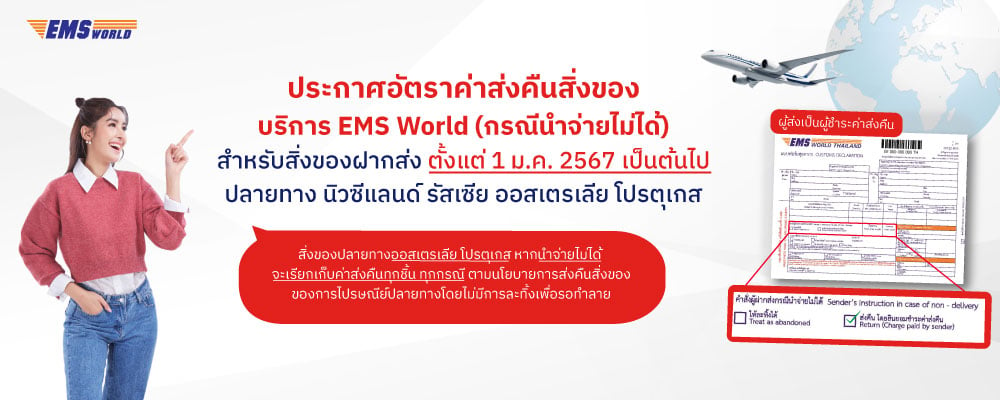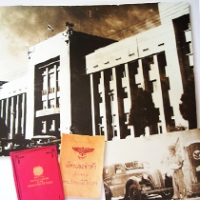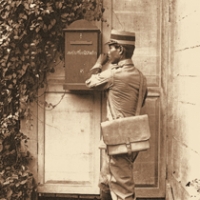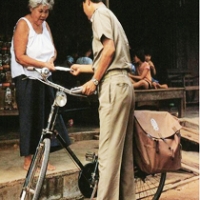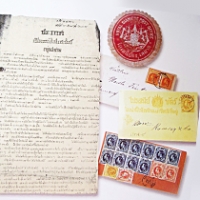
Phase 1: Capital Communications in the Early Days
The earliest communications came into being with the building of roads and other trade routes. News was spread through a network of merchants and traders, or carried by horse and rider, or passed on along a relay system of runners who would sprint from one major town to another. These relatively simple means of communication remained predominant right up to the founding of Bangkok. King Chulalongkorn (Rama V) was the first monarch to take an interest in corresponding in English with foreign heads of state and other dignitaries both in Thailand and abroad. This correspondence was a clever strategy for building vital alliances and friendships in Asia, Europe and beyond. In fact, this strategy contributed greatly to the King’s success in steering the Siamese ship of state safely through the stormy seas of Western imperialism and preserving his country’s independence. It was during King Chulalongkorn’s reign that Thailand’s first “postal business” came into being. Its inaugural service was the sale of stamps for delivering Thai-language newspapers around the capital, Bangkok. Soon, the value and importance of this new business became readily evident, and the Siamese government made plans to establish an official postal service in Bangkok. This, then, marked the true beginning of the country’s postal service.



_684691e4b2bd1.jpg)
_6854e79028b8a.jpg)





_676a7a9678f25.jpg)






_660a0f35a2f49.jpg)
